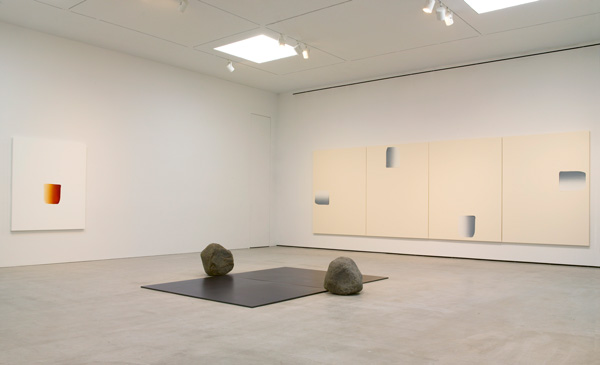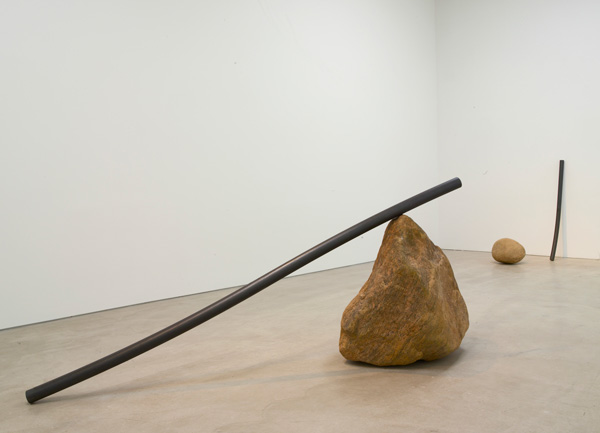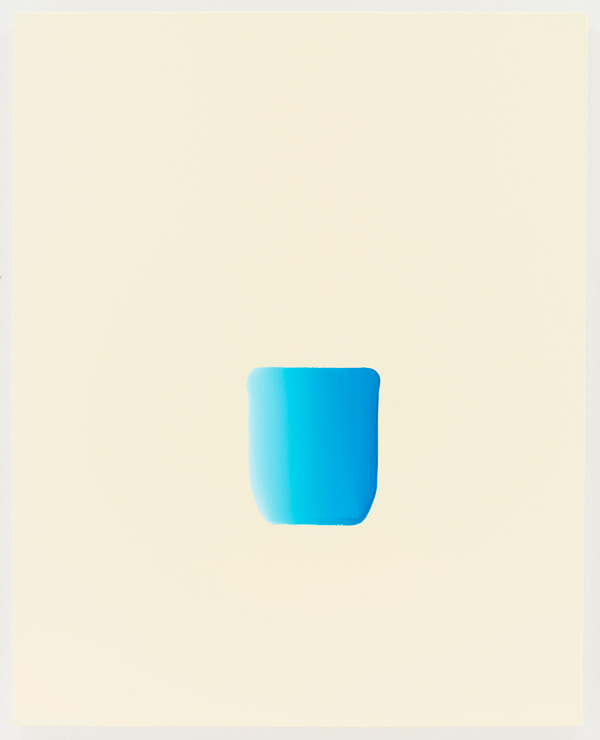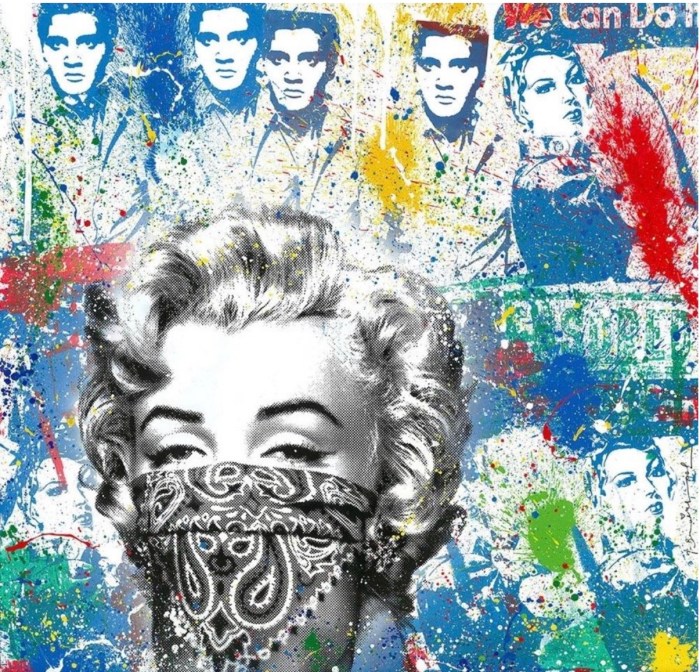
BY STEPHANIE BUHMANN | Pace Gallery’s second solo exhibition of Lee Ufan follows his 2011 survey at the Solomon R. Guggenheim Museum.
Born in 1936 in Korea, Ufan is a pioneering figure of both Japan’s Mono-ha (“School of Things”) movement of the 1960s and the Tansaekhwa school of Korean monochrome painting. He is best known for compositions in which minimal gestures and materials contemplate the interconnectedness of matter and consciousness. In fact, Ufan refers to his artworks as “living structures,” which reflect complex thoughts — the various states of the world and our relationship to it.
By featuring new paintings, watercolors and sculptures, this exhibition reveals Ufan’s continued attention to how objects and gestures shape space and will. The artist’s so-called “Relatum” works, for example, which he began in 1968, pair manufactured steel plates with natural rocks.


Focusing on their precise conceptual and spatial juxtaposition, Ufan succeeds in creating unexpected harmony between technology and nature.
Meanwhile in his “Dialogue” paintings, he begins by loading a broad brush with a gradient of pigment, such as blues, grays and oranges. It is applied to the canvas in one or two strokes, creating a dialogue between the gestural mark and the negative space of the ground layer.
Through Aug. 21 at Pace Gallery (534 W. 25th St. btw. 10th & 11th Aves.). Hours: Mon.–Thurs., 10 a.m.–6 p.m. and Fri., 10 a.m.–4 p.m. Call 212-929-7000 or visit pacegallery.com. For info on this article’s author, visit stephaniebuhmann.com.

















